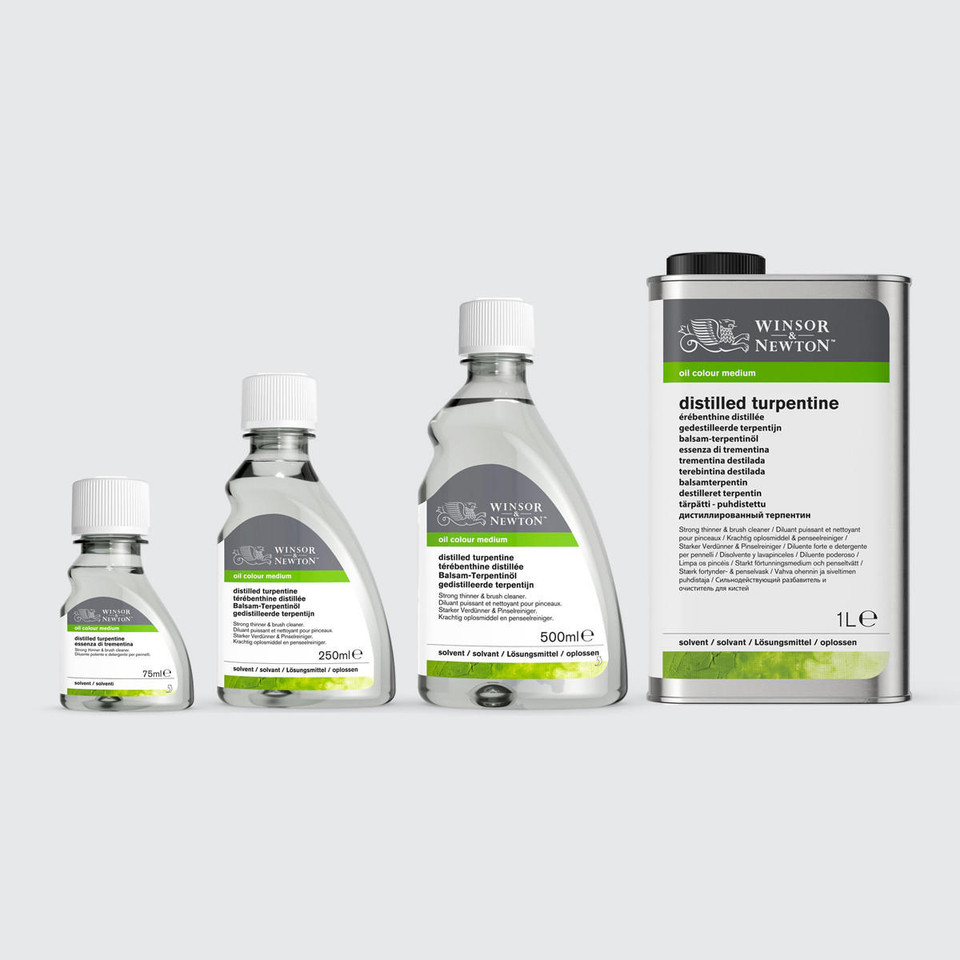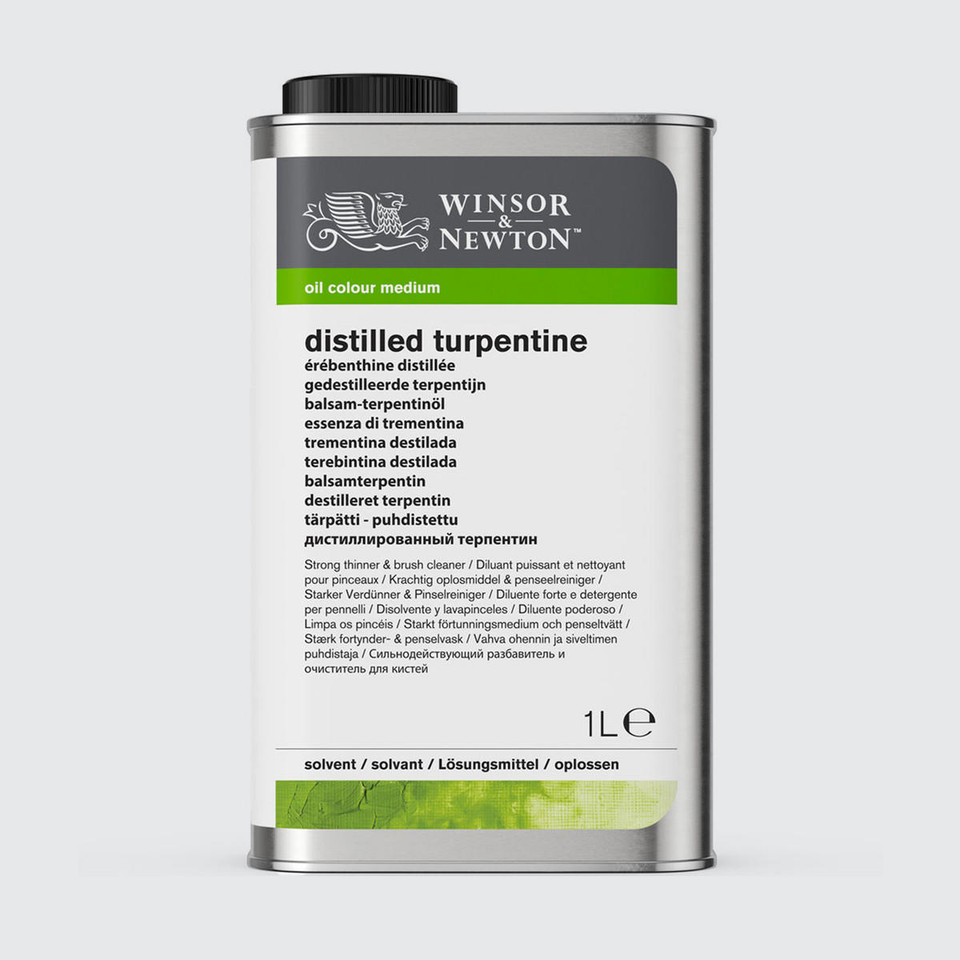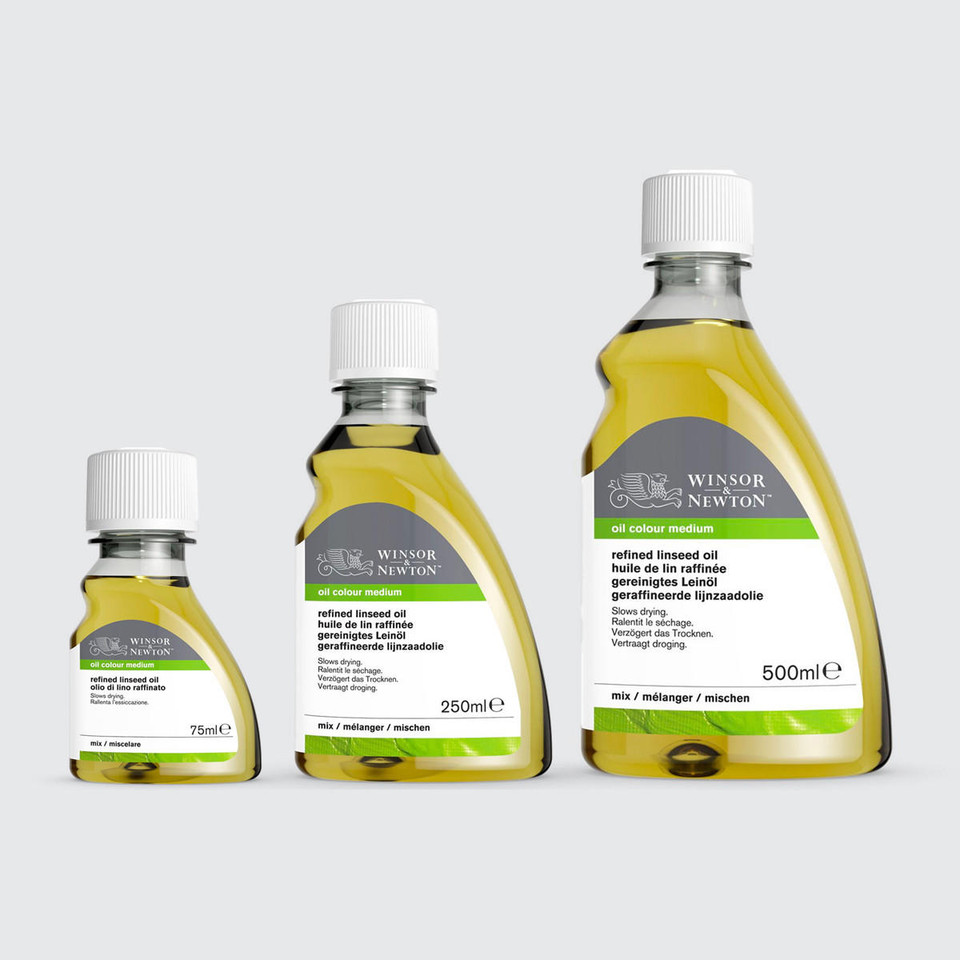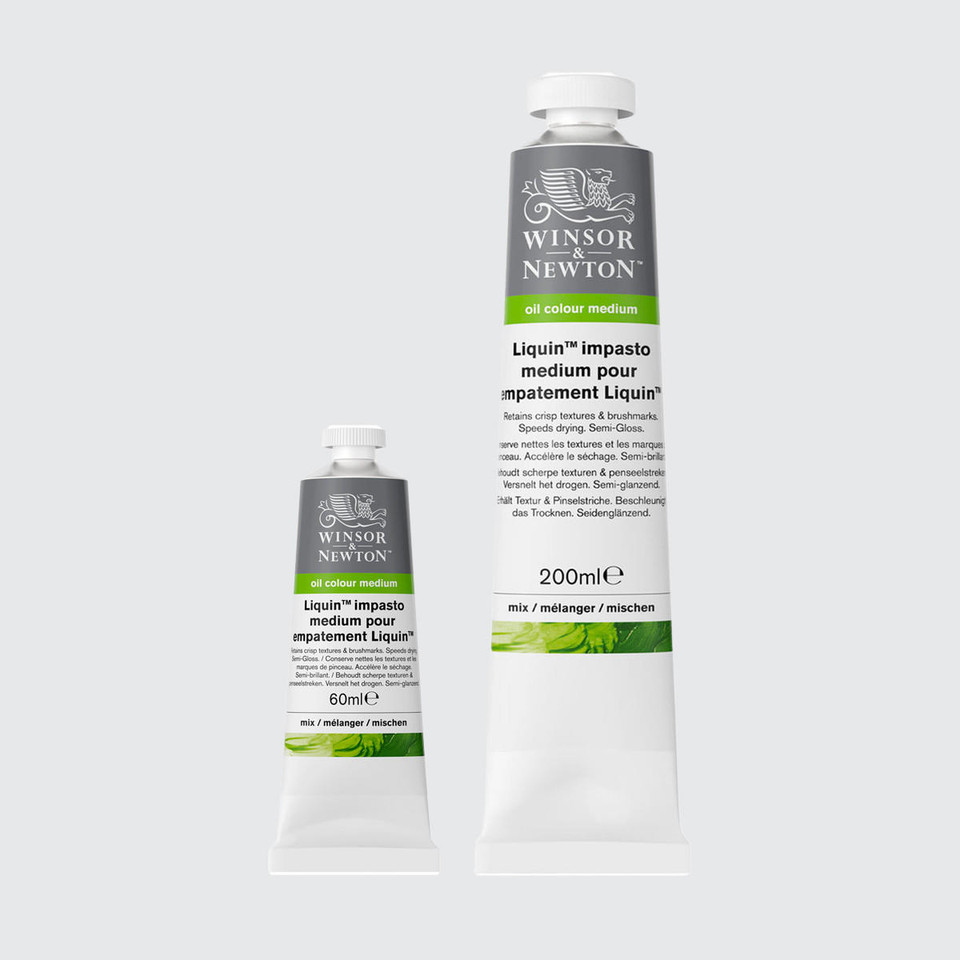Oil painting mediums can be somewhat of a mystery and in a lot of cases quite intimidating. Oil painting is generally a precious process so sometimes the thought of an additive can be a tall order. What do they do? Do you use Linseed or Stand Oil? Cold Press or Refined? And what's the difference between them all? Here's our blog to answer all these questions!
Mediums are used to adapt the consistency, drying time and finish of your painting. You can achieve a variety of different sheens and either extend or shorten the drying time of the paint, depending on which you use. You can mix them directly with the paint on your palette, or dip your brush into them as you would with water.
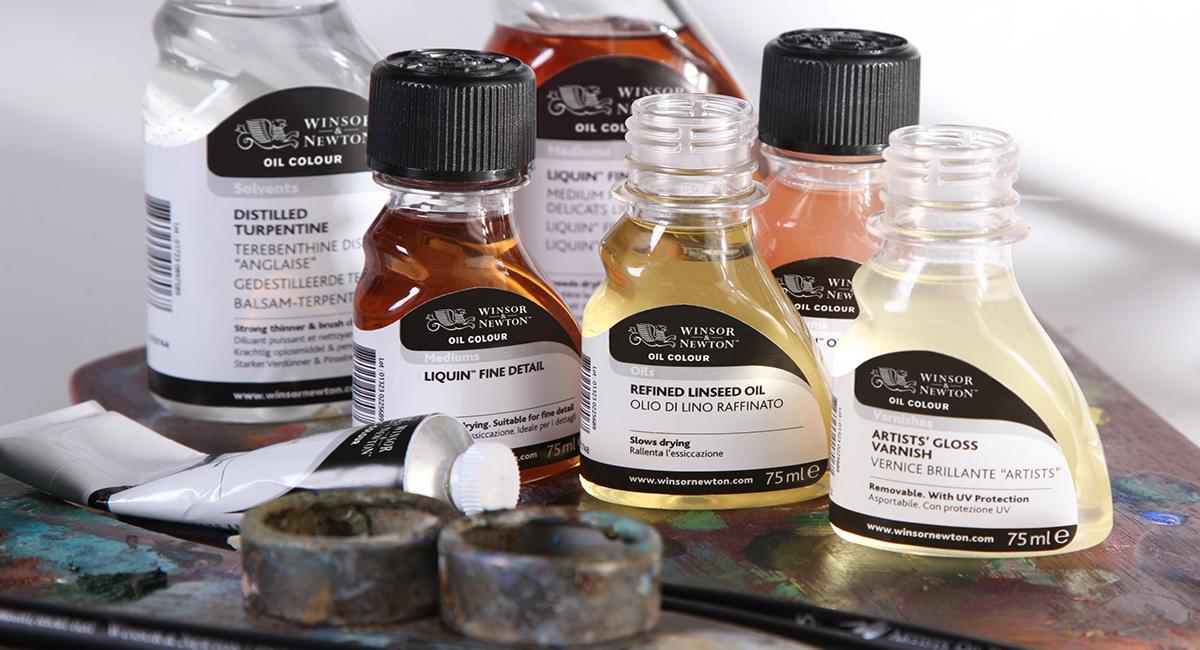
Turpentine is technically a solvent, and one of the more traditional ones that painters use. It speeds up the drying time as it dilutes the paint and evaporates off of it (the equivalent of water for acrylic paint, if you like.)
The Winsor & Newton Distilled Turpentine is great for thinning your oil paint as well as cleaning your brushes. It's the multi-tasking tool needed in every oil painter's studio.
When painting in layers, you should use turpentine for your basecoat or first layer of paint, as you should always apply your fast-drying layers first.
SHOP NOW

Generally linseed oil is regarded as themost popular drying oil since around the 1400s mainly due to it’s versatility which makes blending and glazing easy.
Linseed oil, like all drying oils, has a chemical reaction with oxygen which causes it to polymerise, encasing the pigment and helping to maintain colour vibrancy for years. 2 of the most popular kinds of linseed oil are Cold Pressed and Refined.
Refined Linseed Oil
This is the most popular form of oil medium. It slows down the drying time of the paint, and when painting in layers, this can be very useful.
Apply the ‘slow over fast rule’ – paint your fast-drying layers first, and then each layer on top should take longer to dry than the previous one. You can therefore apply more of this medium with each layer.
There is also a Cold Press Linseed Oil by Michael Harding, which is a high quality oil often used when grinding pigments, to create oil paint at a professional level. It dries more slowly than Refined Linseed Oil, taking up for four days, and has a shinier and harder finish.
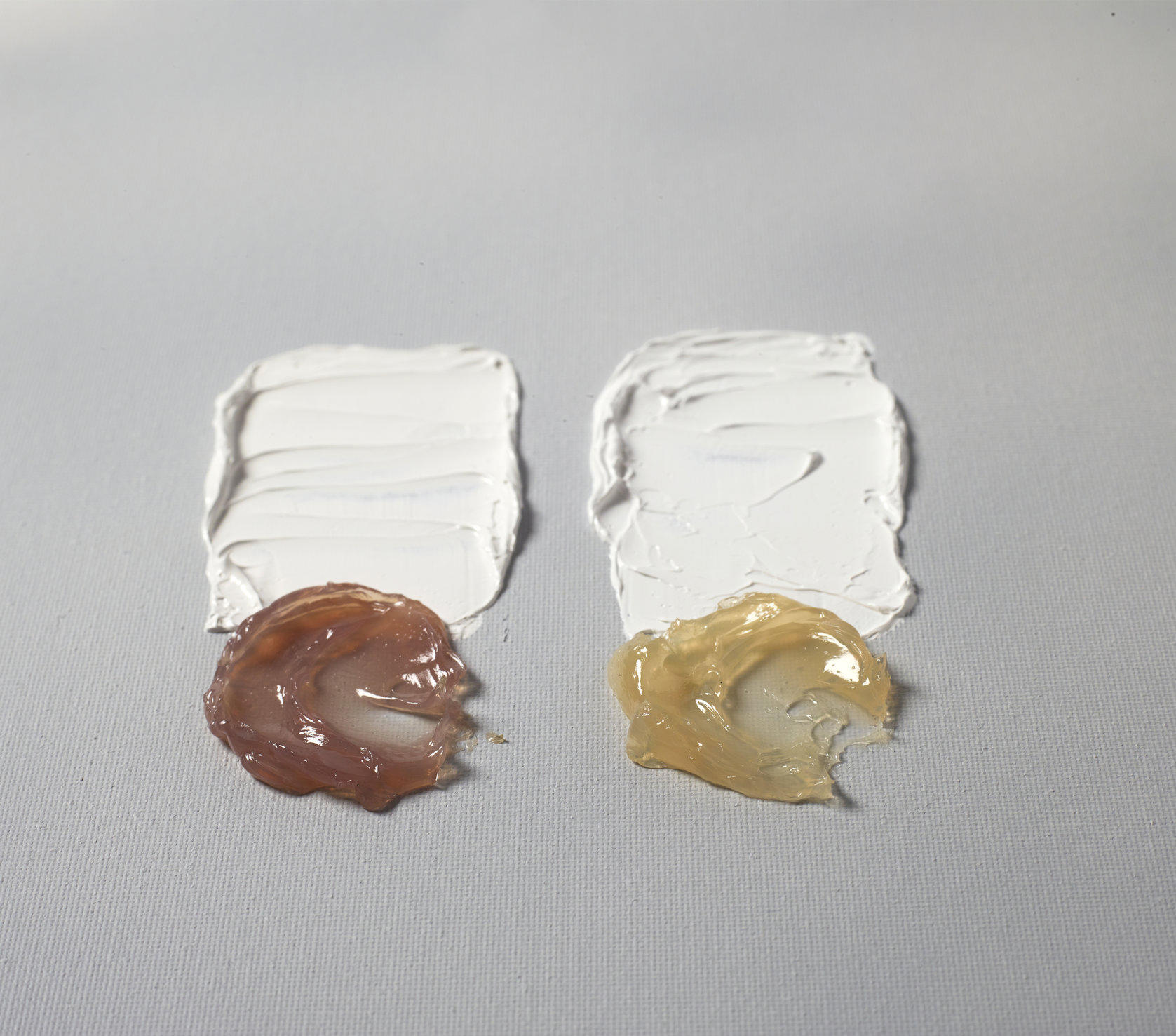
The Winsor & Newton Liquin Original Medium is one of the best-selling mediums at Cass Art. It speeds up drying time, which we all know can be a bonus, and halving the drying time of your painting. It also brings a silky consistency to your paint, giving the surface a glossy finish. Another advantage is that it doesn’t affect the colours of your paint.
The Winsor & Newton Liquin Impasto is ideal if you use a really thick application of paint. So if you work with a luscious, thick impasto (we’re thinking van Gogh’s Starry Sky), but if you can’t wait years for the painting to dry, then this is the medium for you. Once mixed it can hold the texture of the brush marks in the paint, it speeds up the drying time, and also adds a glossy finish.
The most fluid of the Liquin family of products is Liquin Fine Detail which is again quick drying, gloss medium is ideal for fine details, glazing & blending or to produce a smooth surface picture. Speeds drying (touch dry in 1-6 days depending on colour & film thickness). Resists yellowing.
The Winsor & Newton Linseed Stand Oil is thick with the consistency of honey. It’s extracted from the Linseed too, but is left to stand and thicken.
You can therefore use less of it because it’s more concentrated. It’s a translucent medium which makes it good for glazes, and it levels out your brush strokes to leave a glossy sheen.
Mix it with Turpentine to make your own medium. A small quantity of Stand Oil mixed with Turpentine will make a slow-drying medium, one that will dry slightly quicker than when you use Linseed Oil on its own.
You can browse our range of mediums here, or ask for more detail in-store!

